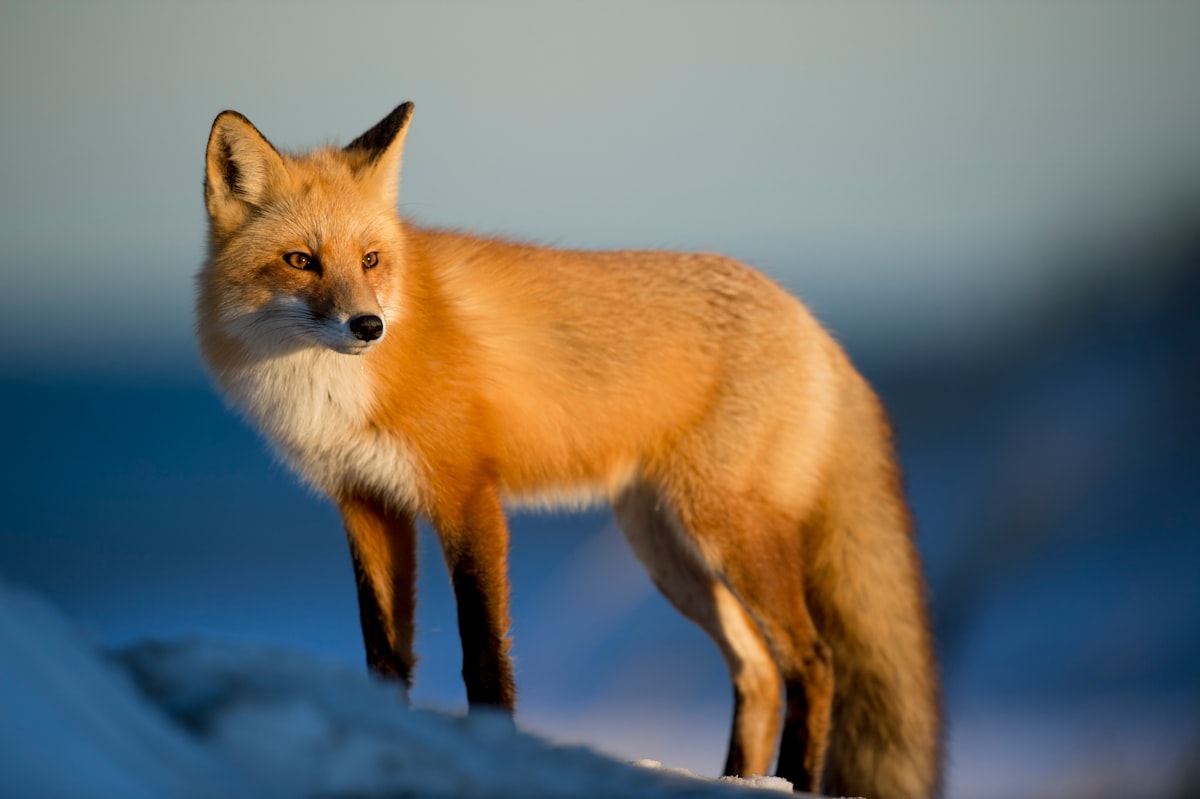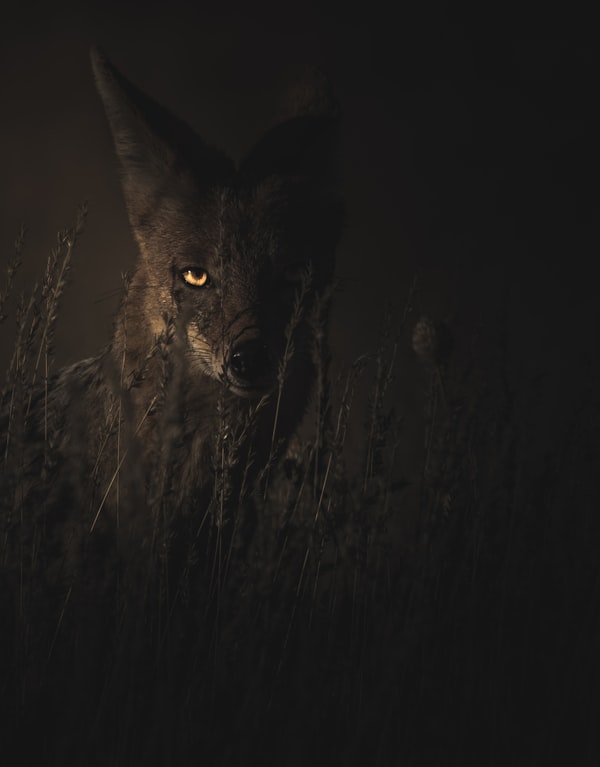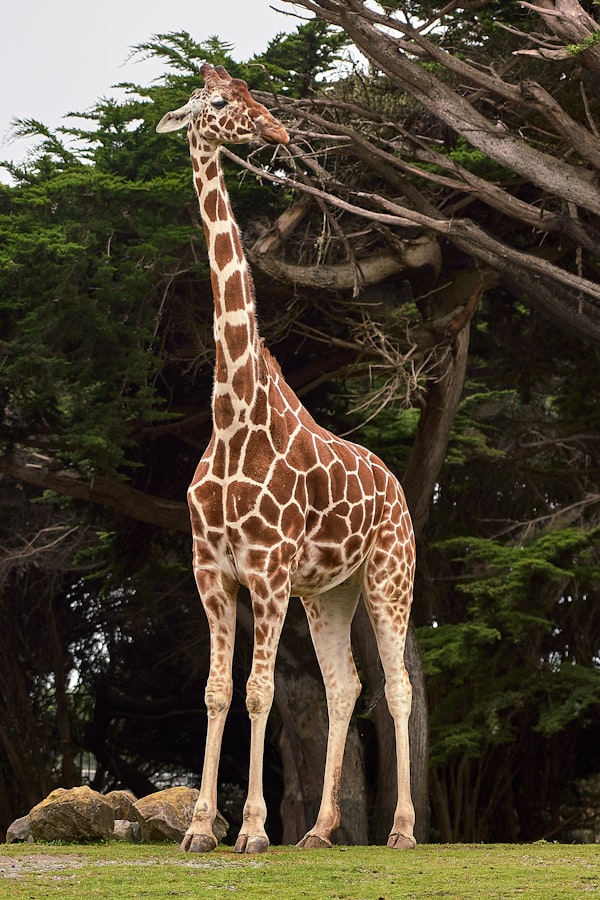Unveiling the Incredible World of Animal Communication: Delve into the Fascinating Ways Animals Talk and Connect!

Are you ready to dive into the fascinating world of animal communication? Join me, Hunter, as we unravel the intricate ways that animals talk to each other and navigate their environments. From the enchanting songs of birds to the silent messaging of predators, the animal kingdom is brimming with incredible modes of communication.
Let’s start with vocal communication. Birds are renowned for their melodious tunes that fill the air with music. Each bird species has its own unique song, which they use to attract mates, defend territory, and communicate with their flock. The intricate melodies and complex patterns of bird songs are a testament to their intelligence and creativity.
But it’s not just birds that have a knack for vocalization. Whales, dolphins, and even some primates like gorillas and chimpanzees are masters of communication through sounds. They produce a wide range of clicks, whistles, and grunts to convey messages to their family members or establish their presence in their vast oceanic home.
While some animals rely on vocal communication, others have evolved different methods to get their messages across. Take elephants, for example. These gentle giants have an incredible ability to communicate through low-frequency rumbles that can travel vast distances. These rumblings serve as a form of long-distance communication, allowing elephants to stay in touch with each other even when they are miles apart.
Animals also have various visual cues and signals to communicate with each other. Just like humans, they use body language to convey emotions, intentions, and warnings. From the threatening puffs of a cat’s arched back to the inviting wag of a dog’s tail, animals use their bodies to communicate their feelings.
In addition to vocalizations and body language, animals use chemical signals to communicate effectively. For instance, ants leave chemical trails to guide their fellow colony members to food sources. Bees use different odors to recognize their hive mates and coordinate their activities within the hive. Even plants release chemical signals to attract pollinators or repel herbivores.
When it comes to communication in the animal kingdom, there is still so much to discover and learn. The more we delve into the intricacies of animal communication, the more we realize the astonishing ways in which animals connect with each other and their environments. It’s a world full of wonder and mystery, waiting to be explored.
So, join me on this journey of unraveling the secrets of animal communication. Together, we’ll delve into the fascinating world of animal languages, decipher their codes, and gain a deeper understanding of the remarkable creatures that share our planet.
Let’s embark on this wild adventure and uncover the hidden language of the animal kingdom, one fascinating discovery at a time!

